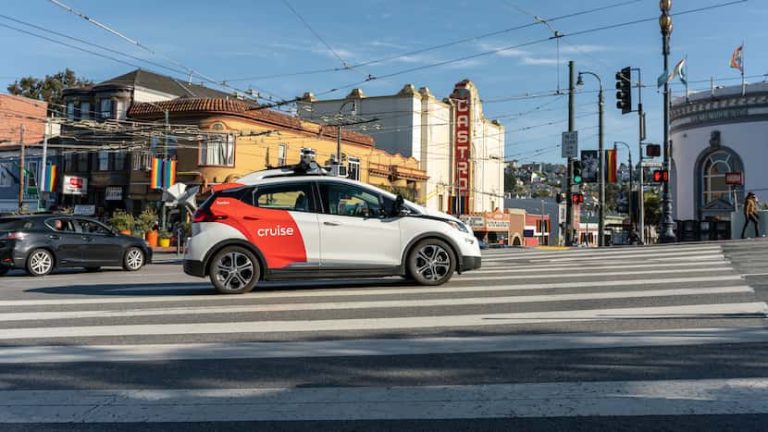General Motors’ self-driving taxi company Cruise began a soft launch in Dallas this week, more than a year after its initial debut in the city.
The San Francisco-based ride-hailing service has so far used manually driven vehicles without a self-driving system and is only testing its service in limited areas, according to a city memo. Cruise has been using some of its self-driving technology in the city for the last year and was poised to begin final testing before launching its fully self-driving service in the fall, but the company suffered a major setback in October when a Cruise taxi dragged a pedestrian in San Francisco.
Cruise has recalled nearly 1,000 vehicles and suspended its robot taxi service nationwide. The company has been in discussions with Dallas staff since late April about reviewing its response to the accident and “increased emphasis on safety procedures,” the memo said. Cruise has announced changes in its management since last year, and appointed a new chief safety officer in February.
“Cruise’s self-driving stack is based on AI technology that learns from information collected throughout the driving experience, continuously retraining and evolving models,” a Cruise spokesperson said in a statement Monday. “The fleet learns from every intersection, construction site and road sign it encounters, then applies that knowledge to other environments and scenarios — much like a human driver would learn, but with much more data and the ability to impart continuous learning to the entire fleet. No two cities are the same, so we plan to roll out this manual and supervised driving in multiple cities, including Dallas.”
Dallas residents can’t hail a cab yet, because the taxis aren’t taking passengers yet. Cruise’s next plan is to expand into supervised self-driving with a safety driver in the seat within the next few weeks, but they’re not scheduled to take passengers yet.
Cruise will begin with three vehicles in Downtown Dallas, Deep Ellum, Lower Greenville, Uptown Park Cities and the Love Field area, and the company plans to expand its total number of vehicles on the road and its operating area to other areas in West Dallas, including Farmers Branch, Kessler and the Bishop Arts District, a spokesperson said.
Last year, Cruise conducted testing with a small fleet of Chevy Bolt vehicles ahead of a planned self-driving launch in Oak Lawn, Uptown, Downtown, Deep Ellum and Lower Greenville. Cruise also tested self-driving vehicles in Houston and offered fully self-driving services in Austin and Phoenix, as well as its San Francisco headquarters.
Cruise on Friday began conducting the first of its “extensive” training sessions to train emergency responders on how to operate self-driving cars and interact with fleets, a spokesperson confirmed.
Dallas Transportation Commissioner Gus Cancarli did not respond to a request for an interview or comment on the move Monday.
GM had high hopes for Cruise before the October crash: The company projected that Cruise’s annual sales would reach $50 billion by 2030, and the company had raised $10 billion in capital from investors including General Motors, Honda, Microsoft, T. Rowe Price and Walmart. But Cruise has faced increased scrutiny since then, and has been criticized for causing traffic jams and blocking emergency vehicles in San Francisco.
Dallas officials hope that by taking a more cautious approach to cruise restarts, they can avoid trouble locally.
“Cruz has taken a proactive and collaborative approach in working with the City to restore confidence in our safety practices,” the memo read. “As such, City staff looks forward to working with Cruz as we continue to collaborate on our shared mission of improving roadway safety.”

